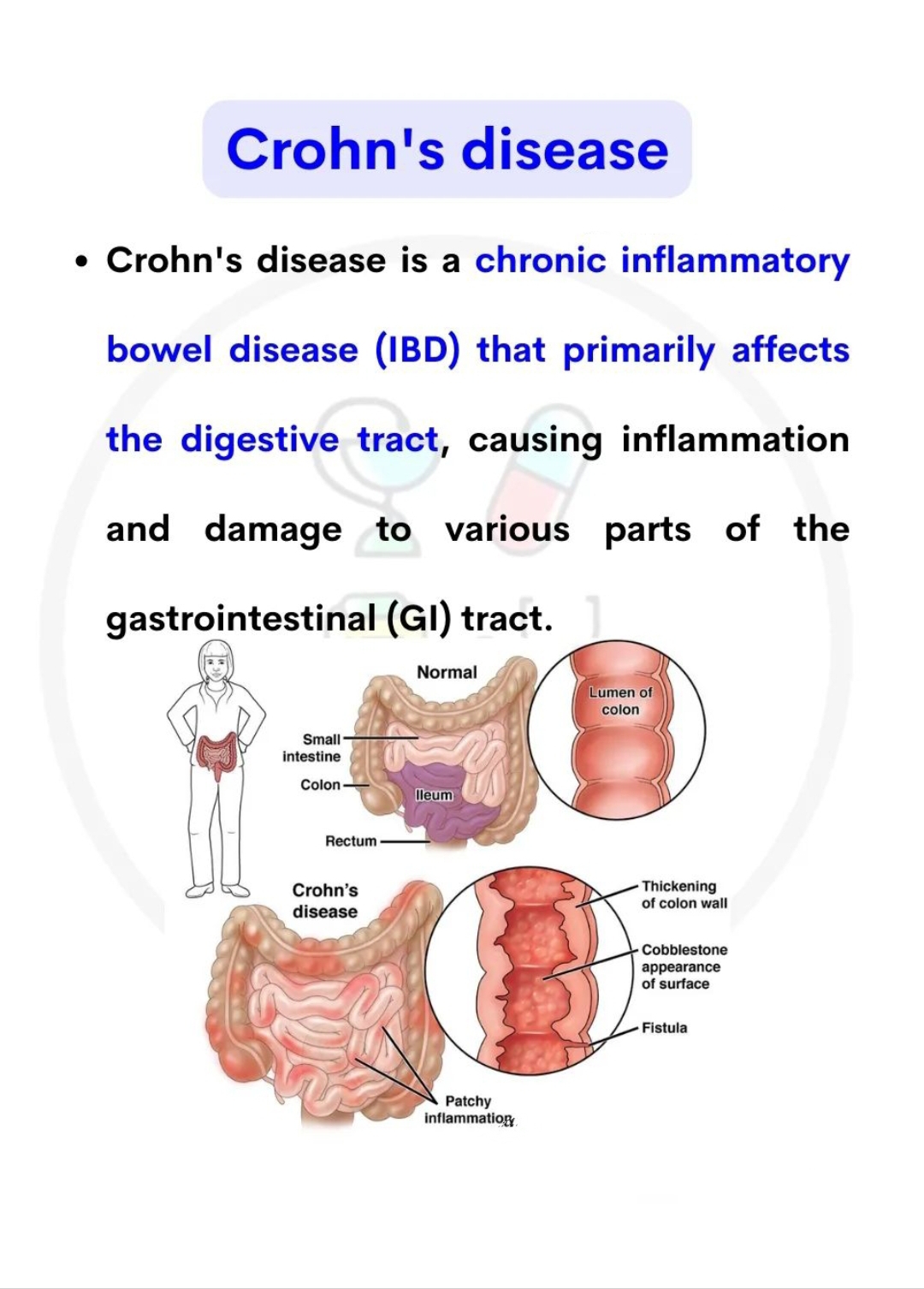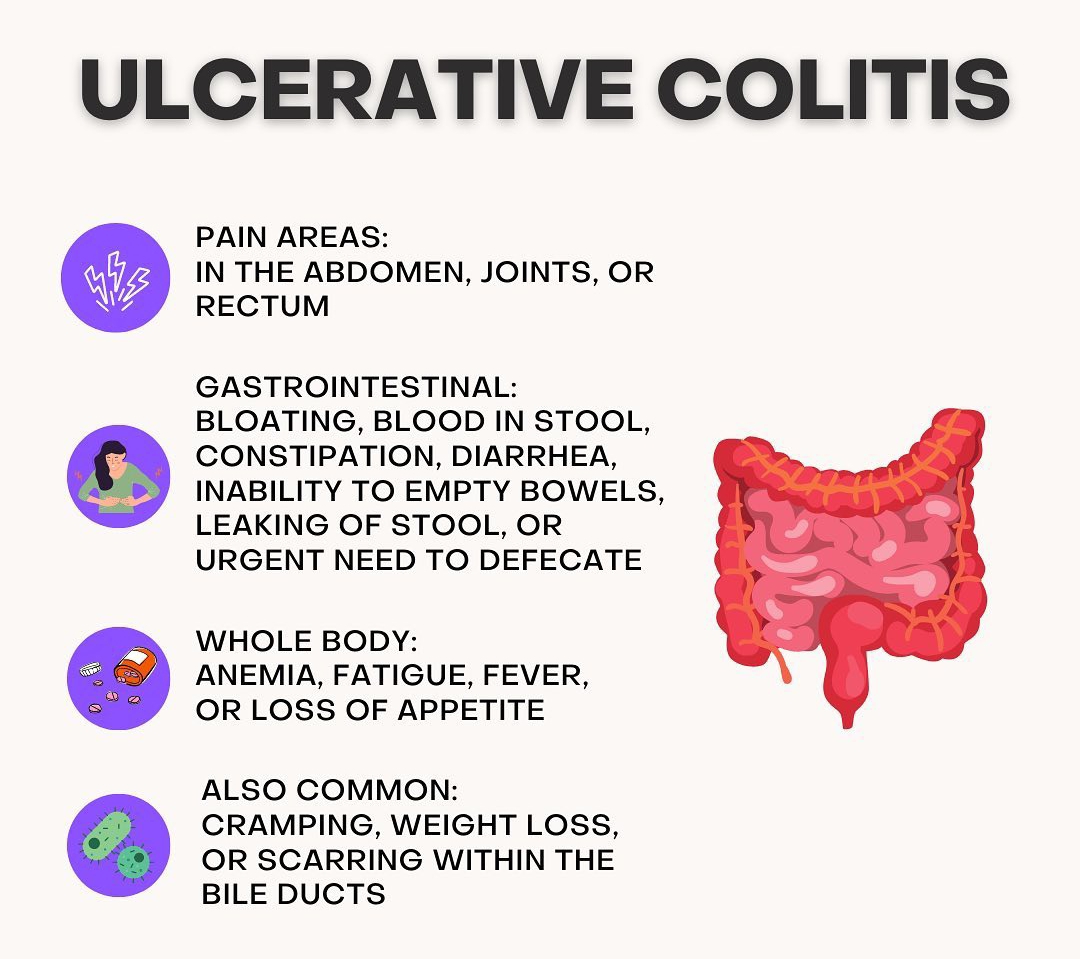Table of Contents
What is HPV
An HPV infection is a type of virus that frequently results in growths on the skin or mucous membranes (warts). The human papillomavirus has over 100 different kinds. Certain human papillomavirus infections result in warts while others may lead to various cancers.
The majority of human papillomavirus infections do not cause cancer. However, some forms of genital HPV can result in cancer of the uterus’s lower portion, which joins to the vagina (cervix). Human papillomavirus infection has also been connected to other cancer kinds, including as those of the anus, penis, vagina, vulva, and back of the neck (oropharyngeal).
Sexual contact or other forms of skin-to-skin contact are common ways for these illnesses to spread. Vaccines can aid in defense against the strains of human papillomavirus that are most likely to result in cervical cancer or genital warts.
HPV in Men
It is surprising that although human papillomavirus is normally associated with cervical cancer in women, men too can be equally good hosts for this virus. Accordingly, there are also several health problems related to human papillomavirus in men. These are the ways in which human papillomavirus affects men:
Health Risks for Male Sexuality: Genital Warts
Genital warts are a very common symptom in men. They can usually be seen on the penis, in the scrotum area, and around the anus, presenting as small lumps or cluster bumps with a flesh color.
Treatment: Generally, warts are treatable with various topical medications and cryotherapy, but often tend to recur.
Anal Cancer:
Risk The infection of the human papillomavirus represents a big risk factor for anal cancer. Specifically at risk are HIV-positive males and men having in their history receptive anal intercourse.
Screening: Regular screening is to be performed on high-risk patients.
Cancer of the Penis
Risk: A less common disease than anal cancer, penile cancer may likewise implicate the virus. Human papillomavirus types 16 and 18 are most typically linked with penile cancer.
Prevention: It can be prevented through vaccination and good personal hygiene.
Head and Neck Cancers
Risk: The human papillomavirus is the cause of cancers of the tonsils, base of the tongue, and throat. In can occur in both women and men and has been associated with oral sex.
Prevention: Human papillomavirus vaccines contribute to a reduction of some types of cancer risks.
Other signs and symptoms
Asymptomatic Infections: Most of the human papillomavirus infections among men are asymptomatic; therefore, such infections clear off by themselves without showing any signs and symptoms at all.
HPV in Women
Human papillomavirus infection in women can lead to several disorders, such as:
Cervical Cancer–HPV type 16, 18 among others, is of the high-risk type causing cervical cancer. Pap smears should be done on a regular basis.
Warts Genital-these are caused by low-risk forms of the virus, types 6 and 11, cause genital warts. Generally harmless but sometimes annoying.
Other Cancers: Human papillomavirus has also been linked to cancers of the vulva, vagina, and anus.
Oropharyngeal Cancer: Cancers of the oropharynx and oral cavity due to HPV, primarily via oral sex.
Prevention:
This disease Vaccine Recommended for preteens; vaccine available up to age 45 years to prevent high-risk types of human papillomavirus. Regular Screening: Pap smears reveal the presence of early changes in the cervix. The good news is that most human papillomavirus infections clear up on their own, and the vaccine and regular screenings are key.
HPV Symptoms
Most of the time, an human papillomavirus infection is eliminated by your body’s immune system before it may cause warts. When warts do develop, their appearance varies according on the type of human papillomavirus that is present:
Vaginal warts. These manifest as little stem like protrusions, cauliflower-like lumps or flat lesions. Genital warts in women typically affect the vulva, though they can also develop in the vagina, on the cervix or next to the anus.
Genital warts in men typically develop on the penis, scrotum, or around the anus. Genital warts might itch or feel sensitive, although they rarely hurt or cause discomfort.
Common warts. Common warts typically affect the hands and fingers and are characterized by rough, elevated lumps. Common warts are usually just ugly, but they can also hurt or be prone to bleeding or injuries.
Warts on the plantar surface. Hard, granular growths called plantar warts typically develop on the balls or heels of the foot. There could be discomfort from these warts.
Smooth warts. Lesions with a slightly elevated top are called flat warts. Although they can appear anywhere males typically get them in the beard area and children typically have them on the face. They usually affect women’s legs.
Causes of HPV
Human papillomavirus is a group of related viruses that are very common. It is usually spread through intimate and sexual contact. There are so many causes and risk factors in acquiring the infection:
1. Sexual Interaction:
Vaginal, Anal, and Oral Sex: human papillomavirus is passed on via genital contact. Furthermore, it can present in both the genitals, the throat, as well as in the mouth. Skin-to-skin contact, even with condoms that lower the risk without eliminating it, allows for its transmission.
2. Several Sexual Relations:
Increased risk: Having multiple sexual partners increases your chances of exposure to a person with an human papillomavirus infection. The risk also goes up if your partner has had several sexual partners.
3. History of Sexual Partner:
Partner’s Sexual History: If your sexual partner has had many sexual partners, or if they have had human papillomavirus, then your chances of acquiring the virus are high.
5.First Sexual Experience at an Early Age:
Early Sexual Activity: There is a relation between early sexual activity and an increased risk of human papillomavirus infection.
6. Smoking
Increased risk: Tobacco smoking impairs immune function. It may make the body less able to clear HPV infections even after some time and more likely to develop persistent infection and related cancers.
7. Unhealthy neck:
Screening Deficiencies: HPV infections left undetected and untested during a Pap screening could progress to form cancer without the victim being aware.
8. Genetic Factors
Genetic Susceptibility: It is a genetic factor predisposing a few individuals towards susceptibility for human papillomavirus infection or its complications.
9. Lack of Vaccination:
HPV Vaccination: HPV vaccine infection prohibits the most common and dangerous types of this virus. Lack of vaccination increases the risk of the infection.
10. Other STIs/Presence of other STIs:
Co-infection: Existence of other STIs increases the exposure to HPV infection. It is however important that despite the high prevalence, and the fact that most sexually active individuals will eventually be infected, most of the infections clear on their own without leading to serious health consequences. On the contrary, persistence of infection with a high-risk type of HPV can ultimately lead to development of certain important cancers such as cervical, anal, and oropharyngeal cancer.
Vaccination against HPV:
Availability: The vaccine has been successful in preventing the most common kinds of HPV infection that would lead to health issues, including genital warts and cancer.
Age Recommendation: Vaccination is recommended for both males and females between the ages of 11 and 12, but it may be given up to the age of 26 years or, in some cases, 45 years.
The human papillomavirus vaccine is considered a preventive vaccine because it prevents the human papillomavirus virus type, which causes a good number of cancers, such as cervical, anal, and throat cancer, aside from genital warts.
Types: Gardasil 9 prevents 9 types of HPV, Gardasil protects from 4 types, Cervarix protects 2 types.
Recommended Age:
Preteens: 11-12 years old Ideally vaccinated before sexual activity.
Catch-Up: For individuals as old as 26 years, and in certain situations, as old as 45 years.
9-14 years: 2 doses.
15-26 years: 3 doses.
Effectiveness: Considered highly effective against a group of cancers and genital warts.
Safety: Generally good, with mild adverse effects possibly being injection-site pain or minor fever. This vaccine is a very important tool in reducing the burden of many cancers related to HPV, among several WHO-recommended diseases, both among boys and girls.
Safe Sexual Behavior Guidelines:
The use of condoms: Condoms, although greatly reduce the risk of HPV infection, cannot completely eliminate it since they do not cover all the places where the virus may infect.
Regular Health Check-ups Screening: No routine screening in males is done for malignancies caused by HPV; awareness of unusual symptoms and periodic examination may provide early detection and treatment.
Constraining Partners Lower risk: Vaccination and fewer sexual partners reduce the total number of exposures to the risk of infection with HPV.
Maintaining Proper Hygiene Personal Hygiene: You can reduce the risk of getting HPV by sharing less personal equipment and genital cleanness.
HPV Warts Types
HP-warts are caused by different types of human papillomaviruses. The types are briefly described here:
Common Warts (Types 2, 4, 27, 57):
Location: Most commonly on the hands and fingers.
It is rough, raised, and may even appear cauliflower-like.
Plantar Warts of Types 1, 2, 4:
Position: In the soles of the feet.
External appearance: Flat, with rigid and painful features to walk on.
Flat Warts (Types 3, 10, 28, 49):
Site: Can be on the face, arms, and legs.
Physical Description: Small, smooth, flat. Genital warts (types 6, 11) :
Location: Found on the genital and anal areas. They are going to be small, flesh-colored, or gray growths, which are either individual or multiple. Often, they become cauliflower-like in texture. Warts due to HPV infection are usually benign, but vaccination against the most frequent types is recommended.
HPV Treatment
Eliminating this virus is not always an easy goal; most of the time, it seems to go away on its own. Other conditions and changes related to HPV have treatment options such as warts and precancerous changes among others:
1. Treatments for HPV-related warts include:
Prescription Treatments:
Imiquimod falls into a class of medications called immune response modifiers.
Podofilox: A solution applied topically to destroy wart tissue.
Trichloroacetic Acid: An acid used to burn off the wart.
Alternative:
Description: Tissue destruction of warts by freezing using liquid nitrogen.
USE: Effective against external warts, including genital and skin warts.
Definition: Burning off warts using an electric current.
Indications: For warts that are resistant to other medications.
Laser treatment:
Description: Laser ablation of tissue to remove a wart.
Indication: Effective for large or resistant warts.
Surgical Removal:
Description: Surgical removal of a wart with a scalpel or scissors.
Use: Used for resistant or large warts.
Cantharidin
Description: Applied to warts to form a blister that elevates the wart off.
Usually provided by a health care provider.
2. Treatments for HPV-related cervical precancer:
Cryotherapy involves freezing precancerous cells for eventual elimination.
LEEP: The abnormal cells are removed by a thin wire loop that is heated by electricity.
Cone Biopsy: This is a surgical cone of tissue taken from the cervix, generally for the treatment or diagnosis of precancerous changes.
3. Vaccination
Vaccine
Types: There are 9 types covered by Gardasil 9; other types exist.
Use: Prevents infection with high-risk and low-risk types of HPV, thus decreasing the risk of warts and cancers.
4. Follow-up and monitoring:
Screenings: Regular Pap smears and Virus testing for women to monitor the health of the cervix and detect early changes.
5. Accommodating Measures
Safer sex: Using protection may reduce the risk of giving someone else this virus.
Immune support helps keep living healthy, thereby strengthening the immune system. Most cases of HPV infection resolve spontaneously without treatment, and the management is thus symptom-oriented, while complications and transmission must be averted. However, medical professional advice should be sought for proper treatment on the type and severity of the manifestations of the infection.
FAQs
What is HPV?
Human Papillomavirus is part of a large viral group consisting of more than 200 related strains. They cause infections of the skin and mucous membranes; they are segmented into two types:
Low-risk Human Papillomavirus give rise to benign diseases, such as genital warts and common warts of the hands and feet. They are thus normally considered to be non-oncogenic.
High-Risk Human Papillomavirus: These are those responsible for the induction of many cancers, such as cervical, anal, and oropharyngeal malignancies—an example is HPV types 16 and 18.
What is HPV Vaccine
Human Papillomavirus vaccine is a vaccination that can help protect an individual from human papillomavirus infection.
Important Points:
Purpose: Prevents HPV-related cancers (e.g., cervical, anal, throat) and genital warts.
Types include: Gardasil 9 for 9 types, Gardasil for 4 types and Cervarix for 2 types.
Recommended Age:
Preteens: 11-12 years old Ideally vaccinated before sexual activity.
Catch-Up: For those as old as 26 years; at times as old as 45 years.
DOSING:
9-14 years: 2 doses. 15-26 years: 3 doses.
What are HPV warts?
Human papillomavirus warts are growths caused by human papillomavirus (HPV).
Common Warts, Plantar Warts, Flat Warts, Genital Warts are some types if you want to know more in detail these are explained in the article in detail.
What is HPV virus?
Human papillomavirus is a group of over 200 viruses that infect the skin and mucous membranes. for more detail read the article.
What is early stage HPV warts female
Early stage human papillomavirus warts in females typically are as follows:
Genital Warts and Skin Warts which are explained in the article in detail.
How is HPV transmitted?
In general the modes of transmission for the virus are through intimate skin-to-skin contact, such as sexual modes in nature: vaginal, anal, and oral sex. It can also be spread through direct contact with warts.
What are the symptoms of HPV?
Answer: Most human papillomavirus infections cause no symptoms and thus are not even noticed. Types of the virus that do cause symptoms result in either skin or genital warts; several types are known as “high-risk” and may lead to cancers after several years of continual infection.
How is HPV diagnosed?
Human papillomavirus Vaccination: Generally, the vaccine protects against the most frequent and dangerous kinds of human papillomavirus.
Safe sex: The use of condoms reduces the risk of infection, though they can’t provide zero risk. Regular screening: Regular Pap smears and testing for HPV among women help in the early detection of the virus-related precancerous changes.

Ankush Kumar is a professional content writer and the founder of Healthnick.com. He is a health and wellness enthusiast with a deep interest in nutrition, fitness and holistic living. Harish is committed to delivering research-based insights on various health topics. He enjoys exploring new trends in health, experimenting with nutritious recipes, and staying active.






